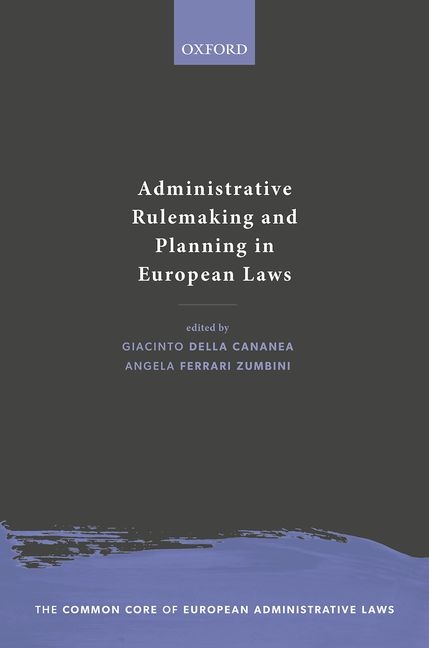Description
Through extensive comparative research, this book examines this increasingly important field of administrative law. It focuses mainly on Europe, analysing ten national systems including eight European Union member states, Norway, and the UK, but it also explores the legal systems of the United States and China, as well as that of a non-state entity - the European Union itself.
The questions investigated across these systems include whether administrative agencies may fetter their discretion through policy and rules, whether their rules must be published, and what remedies are available when plans adversely impact individual rights. These questions are examined through a factual analysis based on a set of ten hypothetical cases, which are discussed by national experts.
This comparative approach identifies commonalities and differences between legal systems, such as in consultation and transparency, in the rights of public service users, and in legal remedies to address rules and plans. As in other volumes in the series, both similarity and difference are essential to understanding how a 'common core' is shaped and evolves.
Product Details
- Jul 10, 2025 Pub Date:
- 0198867611 ISBN-10:
- 9780198867616 ISBN-13:
- English Language




